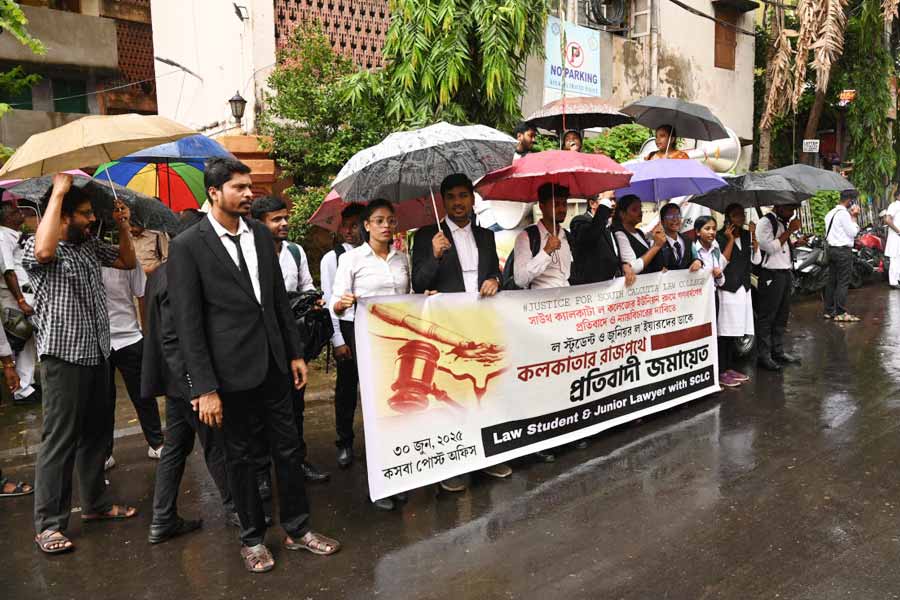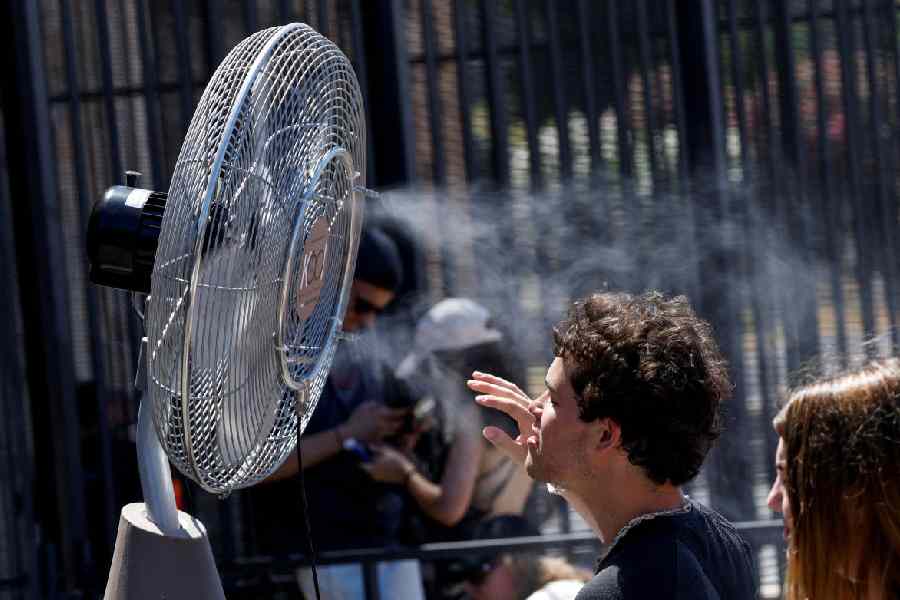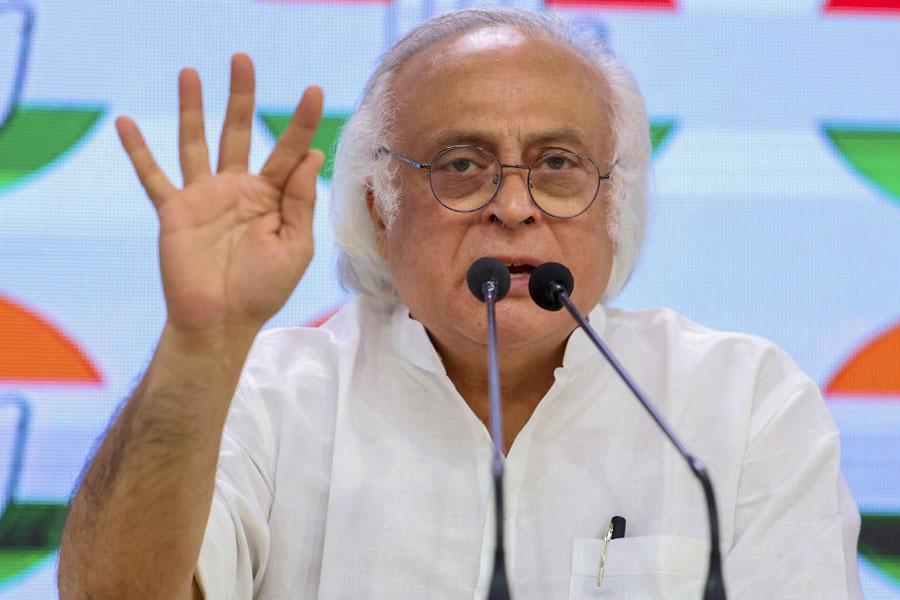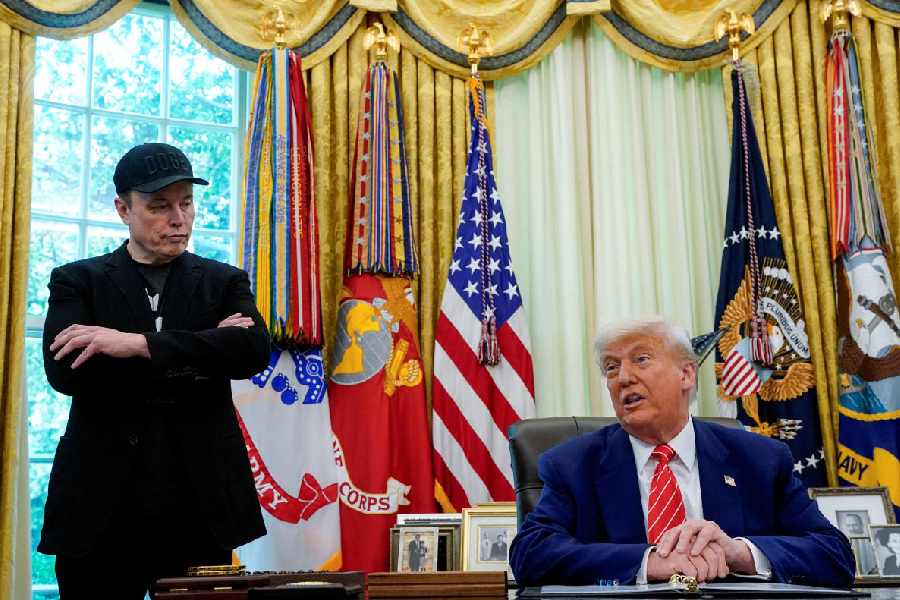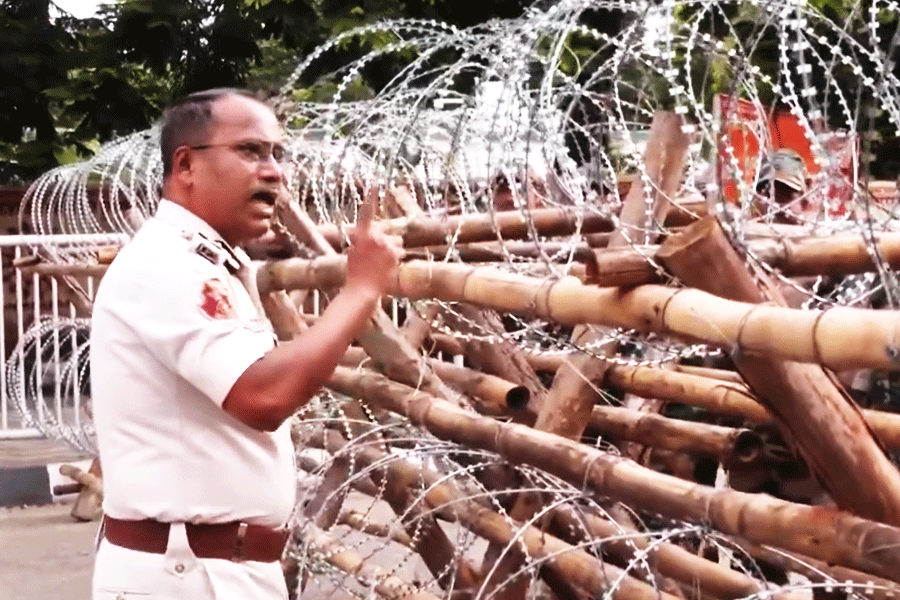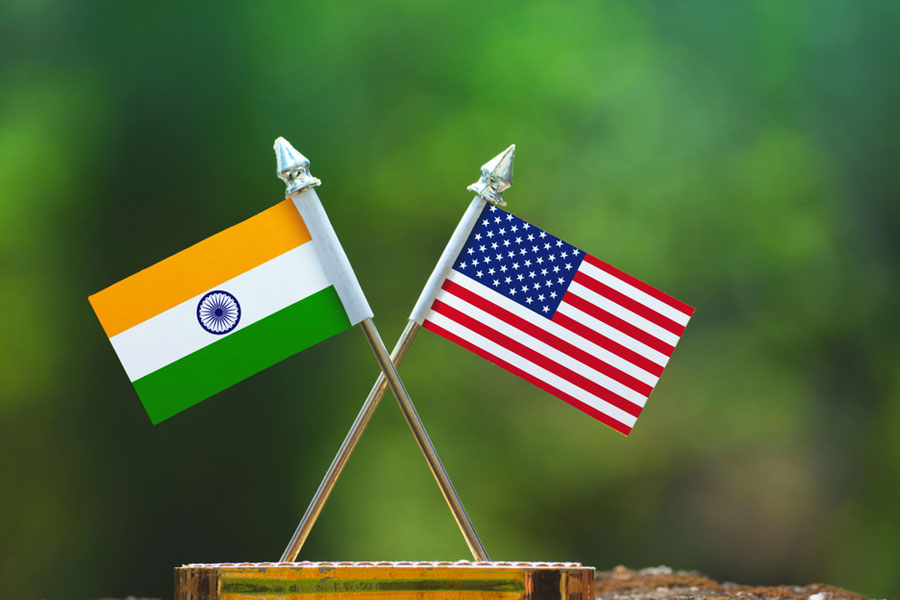Alyssa Milano’s tweet in response to the Harvey Weinstein accusations, “If you’ve been sexually harassed or assaulted, write ‘Me too’ as a reply to this tweet,” went viral. In late October, it sparked a hashtag campaign that is still reverberating around the world and leading to the fall of some of the world’s most powerful men.
Women and girls across the globe have since posted and reacted on Facebook, demonstrating that sexual abuse and harassment are not the exception, but a daily reality in women’s lives. “Me too” was tweeted 1.6 million times within a span of one week, later 1.7 million times in over 85 countries. Indian women, too, responded to this call; the issue of sexual harassment at home, on the streets, and in the workplace has been discussed in public forums and across social settings.
This hashtag campaign could not have occurred without the decades of sustained activism that the transnational feminist movement has undertaken to identify violence against women — of which sexual harassment is one manifestation — as an issue that is deep-seated and ubiquitous, worthy of public attention and the resources to address it.
Women can now speak out about sexual harassment and the other forms of gender-based violence they have experienced because the issue has a name. It has been brought into full public view, and women know they are not alone when they come forward to hold perpetrators accountable. Violence against women became a familiar term, especially from the 1990s, as when Lori Heise, an American women’s rights activist, wrote a path-breaking paper about it.
Heise and her colleagues argue that VAW is not just a profound health problem that has an impact on women across the globe, but one that is a hidden drag on social and economic development. Gender-based violence saps women’s ability to fully participate in society. The paper outlined the necessary interventions in prevention, justice system reform, healthcare, programmes to treat survivors, and the importance of educating perpetrators. It said that social systems which undergird men’s violence and reconfigure the balance of power between women and men must be challenged if GBV is to be eliminated.
Over the past three decades, women researchers, activists and advocates have explored the issue of VAW. They have defined GBV to include domestic violence, sexual harassment, reproductive coercion, female infanticide, prenatal sex selection, obstetric violence, mob violence, and harmful traditional practices such as dowry violence, honour killings, and forced marriage — all of which are especially relevant in India.
The feminist movement placed the issue of VAW on the public agenda and insisted that public resources be devoted to addressing it. The 16 Days of Activism (November 25-December 10 each year) was launched in 1991. This annual campaign demands the elimination of all forms of violence against women. It has gained momentum over the years and brings together women’s rights advocates, musicians, artists, and poets to stage public events to draw attention to the issue. It has engaged over 3,700 organizations in 164 countries, demonstrating how vital and relevant a concern GBV is for women across the globe.
The women’s rights movement has also succeeded in developing laws and government policies to address GBV. It has secured funds and developed funding mechanisms from multilateral, bilateral, national, and private resources. For example, the Trust Fund to End Violence Against Women was created in 1996 by United Nations Resolution 50/166 and administered by UNIFEM, to work with governments, non-governmental organizations, and UN country teams to prevent VAW, improve access to services, and strengthen laws, policies, and action plans to end VAW. To date, the Trust Fund has granted $129 million to initiatives in more than 139 countries and territories. Yet these funds are a drop in the bucket, given the scale of the problem. The women’s funding movement started in the Bay Area in 1987 with the Global Fund for Women. Today, there are over 100 women’s funds across the globe making grants of more than $400 million a year. These funds are overwhelmed by requests of support to address GBV.
While there is a debate on whether or not clicking online represents activism, it is clear that online efforts to end GBV are only a small part of what needs to happen to end this scourge. The “Me Too” campaign must be understood in the context of the three decades of transnational feminist organizing that preceded it. It is this women’s movement that will ultimately provide the structures, commitment, resources, and mobilization that are essential to ensure that perpetrators will be held accountable for their actions. The women’s movement has been reaching out to men to partner them in this effort, to no longer remain bystanders and to hold other men accountable. “Me too” is thus an important moment in a much longer journey that is yet to reconfigure the balance of power between men and women.
 Tuesday, 01 July 2025
Tuesday, 01 July 2025

